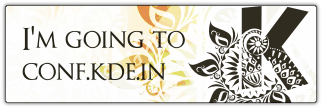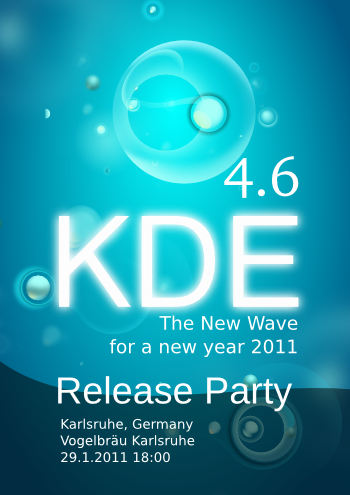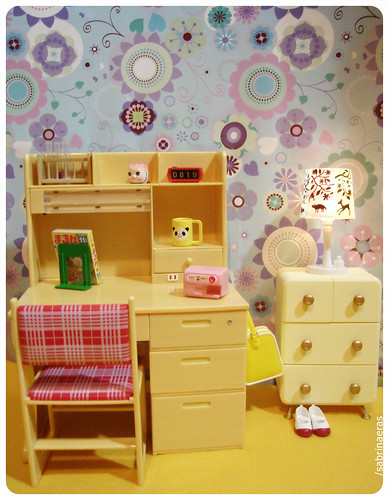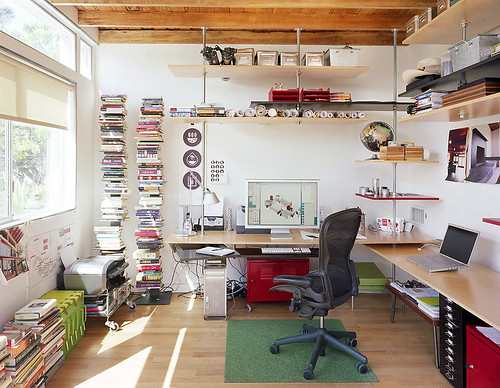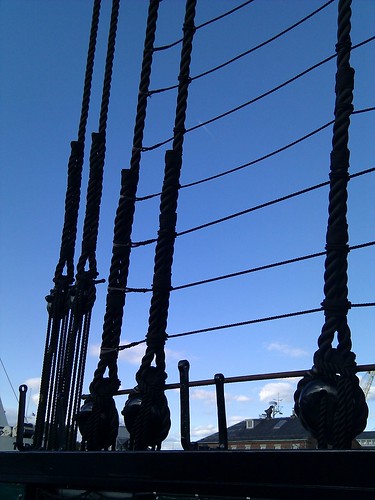A new major release is around the corner and it’s time for all of you to help with KDE release parties around the globe. This is a guest blog by my Google Code-in student Sasu.
It’s been over four months now from previous major release by KDE and it’s time for a new one. 4.6 is about to be released on 26th of January and it is party time again! Release parties are very fun and educational for visitors. If your party has represented KDE well you can even get new local KDE community members.
Although organizing KDE release parties costs some time, it can be a very good experience. Release parties bring the local community together. With a stronger community, organizing the next event will be a lot easier.
release parties, basic info
If your local community is not very big the release party can be just having a beer at a local pub (the writer doesn’t have any experience on that… obviously) with friends. However, if you do have a large local KDE community, you can go as big as you want… and can.
If there are people new to KDE, remember to explain and introduce KDE to them first. Release parties should be fun, that’s the main purpose of them. Parties ain’t parties if you just sit and talk seriously. Participating in parties should be a great experience and worth everyone’s time.
To put it simply, all you need for a party is people at same place at same time. However, you most likely need someone to organize the whole thing. The place depends on party size and program. For smaller events a local bar or restaurant is fine. If you are coming with a bigger group, remember to contact the place and reserve a table. You can also advertise the event at IRC channel topics, microblogging services, blogs and even at Facebook. Most importantly, add your party to the KDE 4.6 Release Parties information page: http://community.kde.org/Promo/ReleaseParties/4.6
You can start by everyone introducing and tagging themself for example. After that you can have a preselected topic to talk about at first. If the event is bigger, you need to have a little more specific program to follow. Talks maybe? Games?
Release parties indicate how strong and active the local community is. According to the KDE Community Wiki, there were 26 release parties for 4.5 in twelve countries including Argentina, Austria, Brazil, China, Czech Republic, Denmark, Germany, Norway, Romania, Spain, Switzerland and the United States. If your country isn’t listed here, like mine isn’t, you can change the situation for this release!
Have nice parties! Organize one now!
Experiences
Like in the software development, user experience (What now? Visitor equals user for me :P) is the most important part of release parties. At this point, you may want to hear a few words from people who participated in one of many 4.5 Release Parties.
Michael Leupold, where and when did the release party that you participated in take place?
– It was held in Stuttgart, Germany. The place is called “Letzte Instanz” and it’s located in Untertürkheim.
How many people took part in the party?
– 13 developers, translators and users. They came from all over southern Germany.
What did you do at the party?
– We enjoyed food, drinks and ourselves. Actual release was unexpectedly delayed till after our event (effectively making our event a pre-release event), we still had a great time talking about KDE and getting to know each other.
Valorie Zimmerman, where you had your party and in what group?
– I met with the LinuxChix Seattle, at the Caffé Vita Coffee Roasting Co. on Capitol Hill in Seattle.
How many of you were there? How many of them was a KDE user already?
– We had three women attending. I was the only Kubuntu/KDE user.
What did you do there?
– We worked on creating a bootable USB key, sipped delicious coffee and nibbled wonderful mini-cupcakes.
Pics or it didn’t happen.
– Sorry, I forgot to take a picture.
